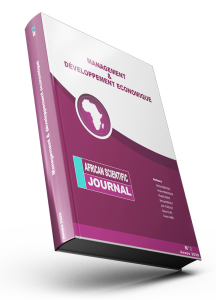Analysis of public policies on transhumance in Benin
DOI:
https://doi.org/10.5281/zenodo.7852152Keywords:
Pastoralism, Public Policies, Cross-border Transhumance, BeninAbstract
This paper provides an in-depth analysis of public policy on transhumance in Benin, examining national and regional legal frameworks as well as practices observed in the field. To this end, a rigorous methodological approach was used, including data collection from the literature and focus groups in the Malanville localities. It allowed us to identify significant gaps between existing laws and their application in the field. Our results indicate that in the subregion, each country has a legal framework for transhumance that does not comply with or contradict community regulations. There are also laws that are in place but not enforced. In addition, there are obsolete laws that have not been updated. In Benin, the weakness of the laws in the face of conflicts results from, among other things, their imprecision, the poor management of conflicts, the marginalization of pastoral communities in transhumance management strategies, and the lack of knowledge of the laws by agropastoral communities. In order to calm down and make cross-border transhumance stable, it is important to harmonize the regional legal framework and to review its shortcomings. However, with the implementation of the Ruminant Herd Sedentarization Project in Benin (ProSeR) and the establishment of a high commission for transhumance with the aim of reducing livestock mobility and developing local livestock production, the harmonization of texts between the countries of the sub-region does not seem to be forthcoming. This work shows that regulations and their application are fundamental to meeting the challenges of transhumance and pastoral practices, but a more in-depth analysis of the constraints is necessary to assess their impact on development and propose remedial solutions.
Downloads
Published
How to Cite
Issue
Section
License
Copyright (c) 2023 African Scientific Journal

This work is licensed under a Creative Commons Attribution-NonCommercial-NoDerivatives 4.0 International License.





















